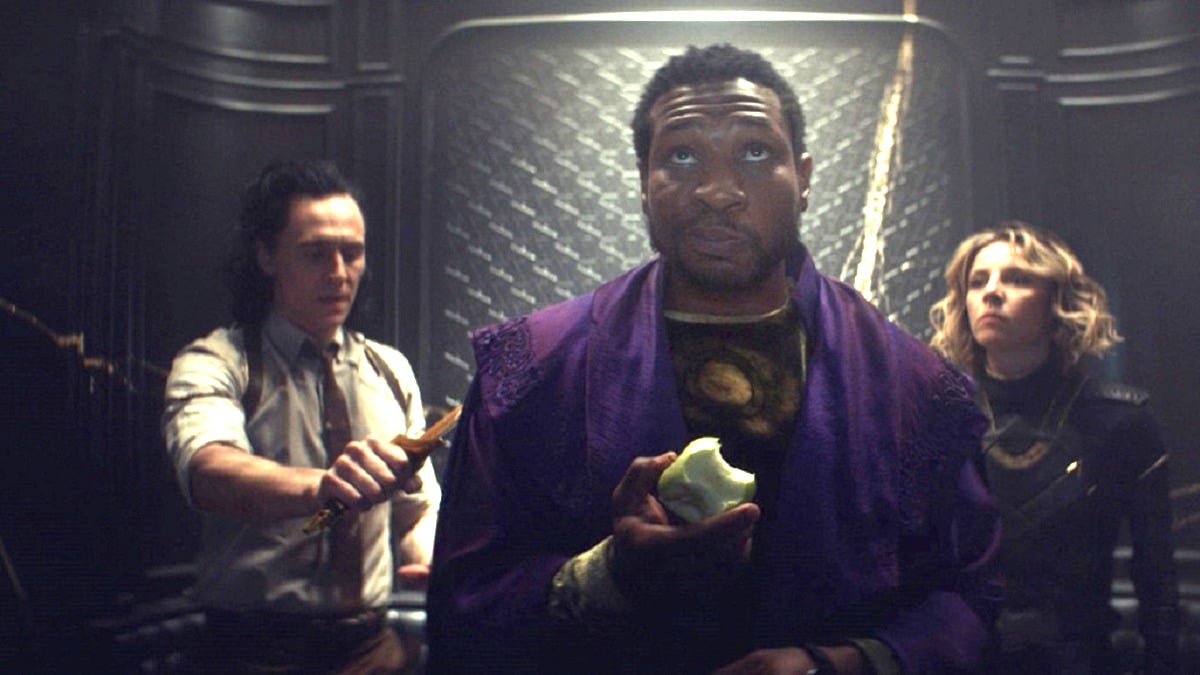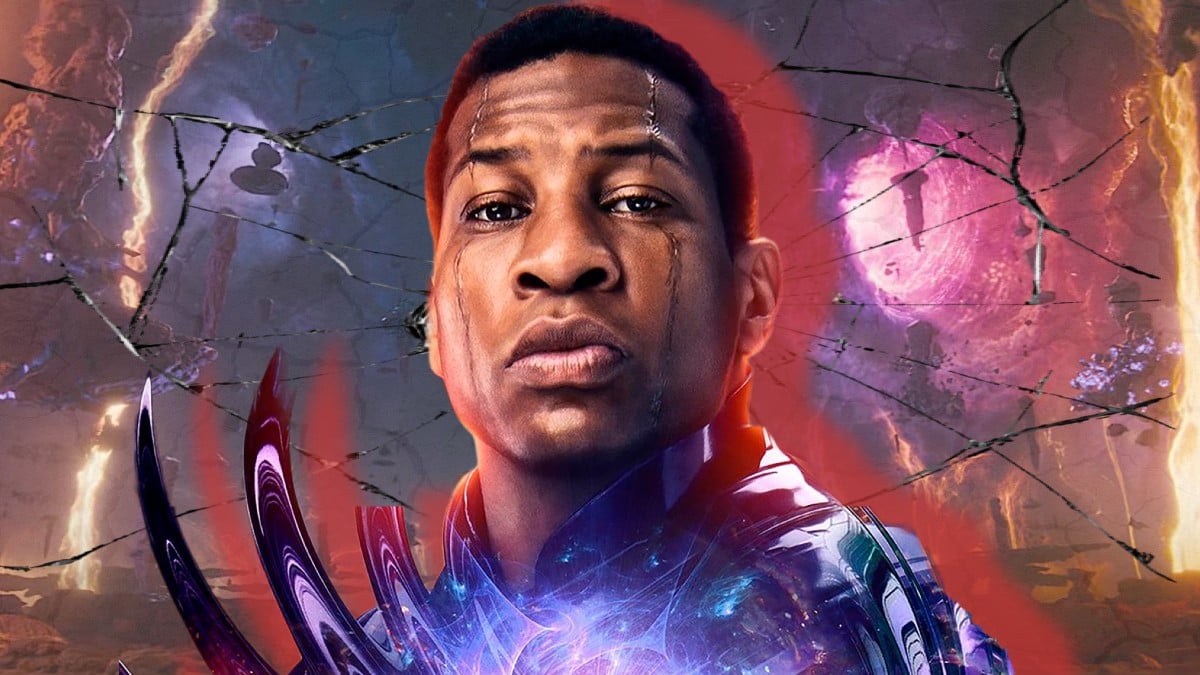There’s a frustrating tendency in revenge stories for the protagonist to finally stand in front of the person they want to kill and hesitate. Cue the monologuing, the confusion, and the “we’re the same, you and I” stuff. So it was refreshing in the Loki season 1 finale when Sylvie tried to merc Kang the Conqueror right after meeting him.
Kang’s precise knowledge of everything they’d say and do made it almost impossible to lay a finger on him but, in the end, Sylvie did what she came to do. Now it’s worth explaining why his death had such a sudden and drastic effect on the world and how it impacted the second season.
So why does Kang’s death break the multiverse?

At the start of season one, the TVA’s purpose was apparently to keep the Sacred Timeline flowing to stop the universe from collapsing into multiversal disarray. And, surprisingly, that proved to be absolutely true. The only twist is that the multiversal chaos is always caused by Kang variants who ultimately end up brutally conquering other universes.
So why did killing the Kang at the end of time – known as He Who Remains – screw everything up? Well, the TVA exists throughout all time simultaneously in order to stop branching timelines from spawning new Kangs.
So, once He Who Remains is dead, there’s no one directing the TVA to prune Kang-loaded timelines. Asa such, new Kangs immediately begin to appear and wreak havoc.
We get a taste of what this will be like in the final moments of season one when Loki arrives back at the TVA to find that a Kang has already taken control of it. That this occurs instantly makes sense, as the TVA’s tech and strategic position outside of regular time make it an obvious prize for any ambitious Kang discovering it (and its position outside of time means this happened immediately from the TVA’s perspective).
This means the Kang in the season one finale may be the most benevolent it’s possible for a Kang to be, as the other incarnations we’ve seen so far have been much less chatty. Oh well, at least Sylvie got her revenge.

